- Botanical Description
- Plantain Species
- Harvest
- Useful Plantain Properties
- Usage in Pharmacology and Alternative Medicine
Do we know much about medicinal herbs and the benefits they bring to health? For example, what is plantain? Weed, you say, and you will be wrong. The healing properties of the plant have been known since time immemorial. Even the Persian scholar Avicenna mentioned it in his treatises, appreciating the anti-inflammatory and antitumor qualities. What is the strength of this grass, seemingly ordinary at first glance?

Botanical Description
Plantain from the family Podorozhnikov represents a bush of bright green leaves collected in a basal rosette. Their shape can vary depending on the plant variety. During the flowering period, an upright stem develops with a number of boxes containing seeds.
The birthplace of the plantain is considered to be Central Europe, but it grows almost everywhere. Bush can be found in Asia, Australia, the islands of the Pacific Ocean and the mountains of China. He did not reach only the Far North and the Sahara sands. The plant prefers a temperate and subtropical climate. It is unpretentious, it grows well on heavy, trampled soil, along roads, on vacant lots, pastures. But it is especially well on wet, shady places, next to human habitation, along the garden paths.
That's interesting. In the antiquity period plantain called "plantago", which means - "direct the track" for his love for roadsides and paths.
Longitudinal veins on the leaf allow the plantain to easily tolerate any adverse effects. Seeds, with a sticky surface, quickly stick to the clothes and shoes of passers-by, the wheels of cars, animal wool and are carried for miles around.
Species of plantain
In the modern world there are more than 150 species of plantain. About 30 of them are found on the territory of the former USSR.Most are considered weeds, although in Western countries the plant is introduced into the culture for its medicinal properties.
The most famous and widespread species is the plantain common or, as it is also called, Plantago major. It is this plant that is used to treat wounds and bruises. From the leaves and seeds, they prepare medicinal infusions and decoctions, squeeze out the juice, and use the herb in medicinal and dietary nutrition. Plantain large presented in the photo.
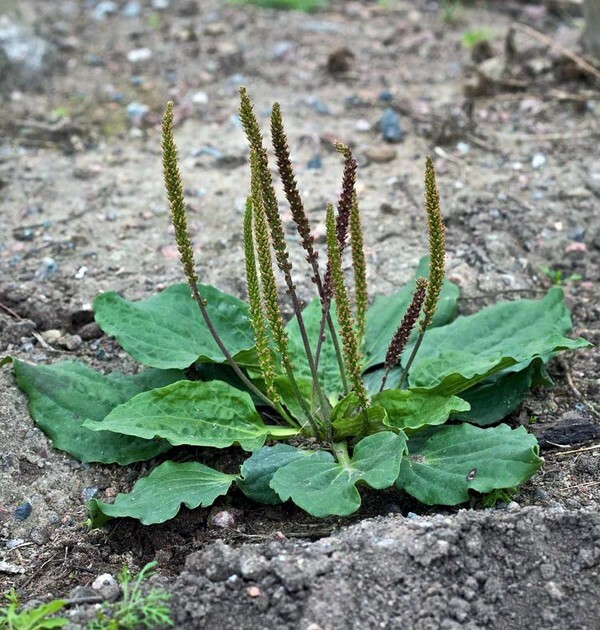
The widespread distribution of medicinal grass is due to unpretentiousness to soils and climatic conditions. The variety grows everywhere: on clays and sands, in the sun and in the shade. Resistant to trampling and mechanical influences.
Warning. Plantain large - quite aggressive weed. Can form a continuous carpet, drowning grass and grass grass.
Thanks to its unique healing properties, the culture is grown on an industrial scale. This facilitates the collection and procurement of raw materials.
In addition to the usual, other types of plantain are used for treatment:
- Lancetolist( Plantago lanceolata).The plant prefers wet, close to the reservoir places, forest clearings, clearings, cuttings. Its feature is long, upward-directed leaves. Their elongated, pointed form they resemble a lancet - an ancient surgical instrument. The seed box contains only one seed.
- Medium( Plantago media).The plant most often settles in secluded places near Moscow and the Middle Russia - in meadows, former arable land, in sparse forests, along the sides of the trails. In appearance it looks like a plantain large, differs only by the pubescence of the underside of the leaves.
- Sandy( Plantágo arenária).It is also called flea, Indian, rough. Unlike other plantains is an annual. The plant is spread all over the world in areas with a mild, moderate climate, in Ukraine it is cultivated as a valuable medicinal variety. As a medicinal raw material, seeds and fresh grass are used.
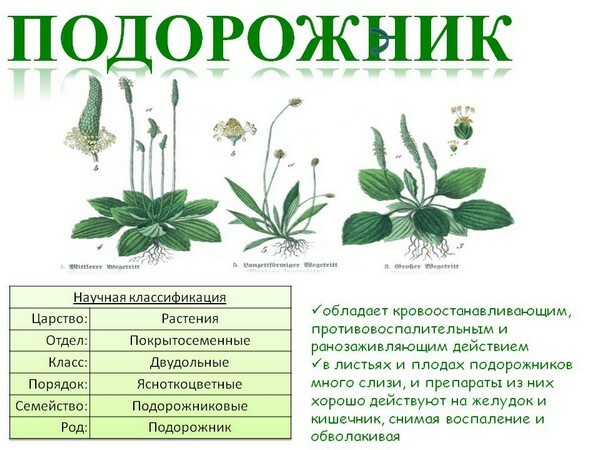
Depending on the variety and place of growth, plantain blossom from May to September. With a lag for a month, fruits begin to ripen - boxes with seeds.
Harvest
Plantain grass is a valuable medicinal raw material. For medical purposes, use all parts of the plant. Timely harvesting, proper drying and storage make it possible to obtain high-quality raw materials for the preparation of medicines. Each stage is important, so consider them separately.
Collect
Leaf preparation is carried out during the active vegetation period, before yellowing. With one territory under favorable weather conditions, you can make several fees. The event is held on a dry, sunny day, closer to dinner.
Caution. It is especially important to observe this condition when cutting spikelets with seeds, because with high humidity, the raw material quickly becomes mucilaginous and deteriorates.
The roots of psyllium are gently broken, cleaned from the ground and thoroughly washed. The workpiece should be done in autumn. By the end of vegetation, they accumulate the maximum amount of biologically active substances.
Drying
Drying the collected raw materials is desirable in natural conditions. Under canopies or in purloined lofts, horizontal surfaces are set, on which grass is laid in one layer. Raw materials should be regularly stirred up so that it does not banned.
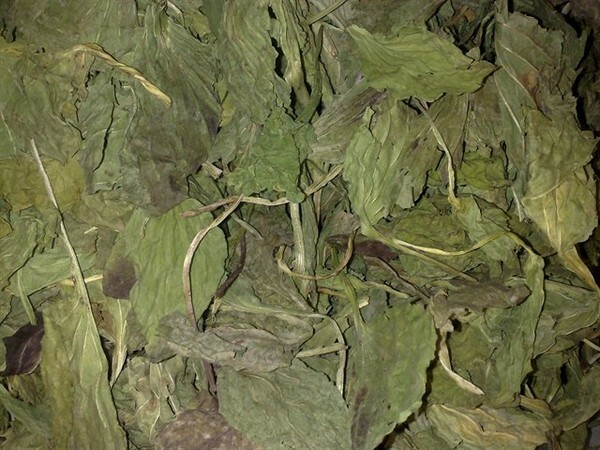
Tip. Determine the readiness of the leaves can be the state of petioles. If they cracked and bent, the plant is suitable for packing.
In a cold and rainy summer, it is recommended to dry the grass in special installations.
Storage
The resulting raw materials are laid out in paper bags or linen bags and stored in a dark, cool place for 2 years.
In addition to drying, the plantain grass can be frozen in small plastic containers or cellophane bags. At the same time, all the valuable qualities of the plant are preserved. Store in this form of medicinal raw materials can be for six months.
Useful properties of plantain
Plantain is widely used both in folk and in classical medicine. All parts of the plant are used for the manufacture of medicines, since they contain a huge amount of biologically active substances.
So, what is the use of plantain for the body? Perennial phytochemical analyzes found in the plant leaves the following substances:
- vitamins, trace elements and natal acids, increasing metabolism;
- flavonoids and tannic compounds with antimicrobial, astringent action;
- phenols and natural bitterness provide a regenerating, anti-inflammatory effect.
Even people far from medicine know about wound healing and hemostatic properties of plant leaves. Natural antiseptic is applied to abrasions and bruises, it is prepared from it infusions and decoctions.
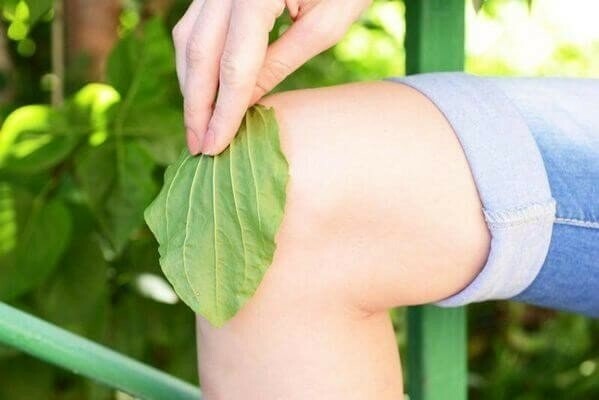
Plantain roots contain plant sterols( hormone-like substances) that favorably affect the hormonal background and linoleic acid. The same components are found in the clusters and leaves, but in a smaller amount.
Seeds of plantain almost half of the mucus, which has a beneficial effect on the gastrointestinal tract, improving intestinal motility, preventing constipation.
The interaction of these substances determines the therapeutic properties of plantain and contraindications to use. The most important are the following pharmacological effects on the body:
- expectorant;
- is enveloping;
- is regenerating;
- is a sedative;
- antidiabetic;
- hemostatic;
- immunostimulating;
- is hypotensive.
Such a wide range of influences allows the use of the plant in a variety of pathologies.
Indications for use
Plantain officinalis is officially recognized as one of the best cough remedies for colds, tonsillitis, rhinitis, acute respiratory infections and acute respiratory infections, influenza, laryngitis, bronchitis. Helps the herb from hemoptysis in tuberculosis, warm infusion quickly removes seizures of pertussis cough, and also liquefies and removes phlegm from the respiratory tract.
Warning. Plantain is able to fight cancer, preventing their occurrence and reducing the activity of existing neoplasms.
Seeds and leaves of the plant are excellent for ulcers, gastritis with low acidity. Drugs quickly relieve pain and irritation of the intestinal walls, eliminate flatulence, improve the separation of bile, destroy staphylococcus and Pseudomonas aeruginosa. This effect allows you to apply psyllium in household poisoning, dysentery.
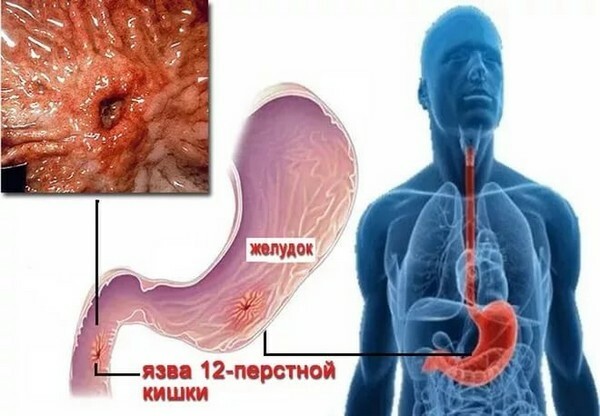
Even the children know about wound healing and hemostatic qualities of the plant. It is used to treat not only abrasions and bruises, but also furuncles, acne, dermatitis, allergic rashes. A natural remedy helps with bites of wasps, bees and snakes. Do not forget about it and dentists. Strong solution rinse the mouth with gum disease.
The grass of the plantain is especially useful to women. Healing decoctions are taken internally for various gynecological diseases, uterine bleeding, used for syringing. They wash themselves off with acne, unclean skin of the face, rinse hair from dandruff. But the main value of the plant lies in its ability to combat infertility.
It is not uncommon for physicians to include plantain remedies in complex therapy for diabetes, atherosclerosis, obesity. Plants restores metabolism, normalizes sugar in the blood, cleans the body of toxins.
Contraindications
There are plantain and contraindications, which must be remembered when starting treatment:
- individual intolerance of the plant;
- susceptibility to thrombosis;
- gastritis with high acidity.
Warning. These factors are not an absolute contraindication. On the recommendation of the doctor and under his supervision, in these painful conditions, the use of the plant is permissible, but limited.
Usage in Pharmacology and Alternative Medicine
The healing properties of plantain have been widely recognized not only in folk practice, but also among representatives of classical medicine. There is a mass of medicines on sale. No less effective are infusions and decoctions cooked at home.
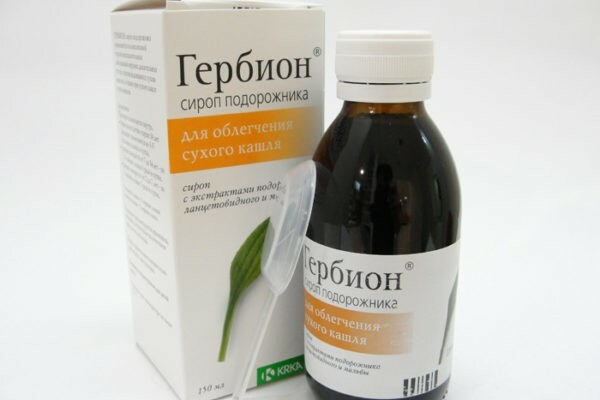
Medications
Medicines from plantain are often presented in the form of syrups and drops. Pills are much less common and not so popular. So, what we see on the shelves of pharmacies:
- Mucolytic and expectorants. These include syrup Herbion. The drug is taken with a dry, non-productive cough.
- Juice of plantain. Concentrate is prescribed for the treatment of respiratory organs, gastrointestinal tract, skin treatment.
- Dry powder. The agent is used to sprinkle the fallen hemorrhoids, anal fissures. On the basis of the powder, the preparation Fibralax is prepared, which is applied after an intervention on the rectum.
- Water infusion of plantain. One of the most famous preparations of this group is Plantaglucid granules. It is taken internally for abnormalities of the gastrointestinal tract, anal fissures.
Often a medicinal plantain is included in the breastfeed. In combination with other herbs, its effectiveness is markedly enhanced. However, without the recommendation of a specialist, you should not take vegetable preparations and syrups.
Folk recipes
Alternative medicine stores many recipes for treatment with plantain. From the grass, prepare teas, squeeze the juice, freeze or use in its entirety.
Broths and tinctures of
The main component in the treatment of pathological conditions is a decoction from the whole plant. The drug is consumed or used for baths and microclysters.
For cooking, the dried raw material is poured with boiling water and insisted under the lid for 2-3 hours. The received drink is filtered and taken 30 minutes before meals with gastritis, peptic ulcer, pathologies of the upper respiratory tract.
Alcohol tincture made from plantain is made from fresh leaves. Grass fill the jar to the shoulders and fill it with vodka. The mixture is insisted in a dark place for 28 days and taken in courses with low blood pressure, uterine bleeding, infertility.
Juice and fresh leaves
Juice of plantain has a pronounced antimicrobial and antiseptic effect, quickly cleans and heals wounds, stops the purulent process.
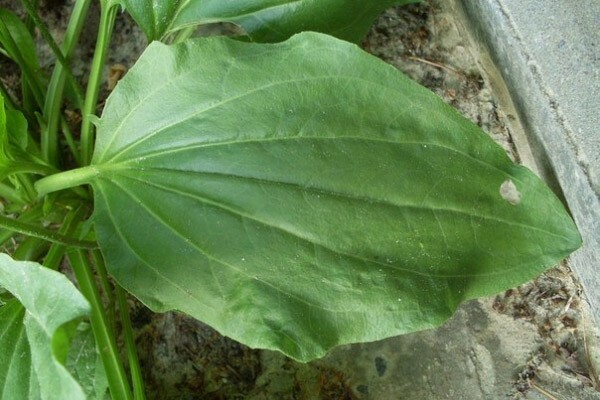
Advice. With a burn, mix the juice of the plant with the beaten egg whites and apply to the affected area. The product will quickly restore the tissue without blisters and scars.
Freshly squeezed plantain juice is used for the treatment and prevention of gastrointestinal cancers. External use in the form of lotions. When hemorrhoids from frozen concentrate, anti-inflammatory suppositories are prepared.
Fresh sweetener leaves make sweet cough syrup:
- The grass is thoroughly washed, finely chopped.
- Raw materials are laid in a clean jar, layerwise pouring sugar.
- The container is closed with a lid and placed in a dark place for 2 months.
- The finished product is filtered, stored in a refrigerator.
You can use honey instead of sugar. In this case, the leaves are passed through a meat grinder and the ingredients are mixed. From such a delicious medicine no child will refuse.
Seeds and roots
From the fruit of the plantain make medicinal broths that have anti-inflammatory and enveloping action. Means used for constipation, hemorrhoids, gout, diabetes.
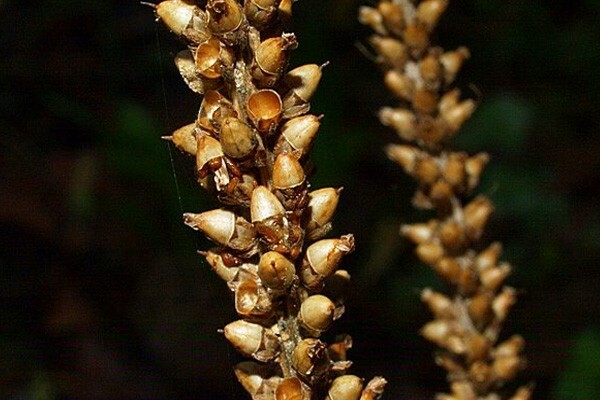
Advice. When treating hemorrhoidal inflammations, the decoction of seeds is taken chilled, whereas in all other cases it should be warm.
From the roots of plantain prepare an effective drug for infertility in men and women. Raw materials are cooked together with grass on low heat, cooled and taken with hormonal disturbances. Decoction of seeds improves the quality of seminal fluid, improves sperm motility.
Plantain for women
The healing properties of plantain have found application in gynecology. As a stand-alone measure, and as part of complex therapy, the medicinal plant is used to eliminate the following problems:
- obstruction of the fallopian tubes;
- inflammation of the appendages, colpitis;
- profuse menstrual period, amenorrhea;
- cystitis;
- menopause;
- anovulation( absence of ovulation with regular menstruation);
- infertility.

Plantain removes inflammation, resolves adhesions and scars, normalizes the hormonal background, destroys the pathogenic microflora. For the treatment of gynecological diseases, it should be taken for a long time and only according to the doctor's prescription.
Treatment of infertility
One can not but mention separately about such an important issue as the fight against infertility. To make a present, a tablespoon of seeds is brewed with a glass of hot water and heated on a quiet fire for 4-5 minutes.
Drink cool and take half an hour before meals. Such treatment with plantain begins from any day of the cycle and lasts 3 weeks. After a 7-day break, the course is repeated. For a better effect, the therapy is supplemented by the reception of the boron uterus. The results of treatment appear after 5-6 months.
Tip. Folk healers strongly recommend infertility to take a mixture of plantain with other herbs: rose hips, dodder seeds, lemon grass, and flowers of anchor.
Plantain as a medicinal product is known not only in folk medicine. Its medicinal properties and contraindications have been studied and described in the scientific literature. It is not only an excellent antiseptic and wound-healing remedy. The herb has an immunostimulating effect. Its reception speeds up recovery for any disease. And the plant's effectiveness in treating infertility and cancerous growths makes it truly irreplaceable.
Caution. The article is for informational purposes only. It is necessary to consult a specialist in detail.
The healing properties of plantain are discussed in more detail in the video:
